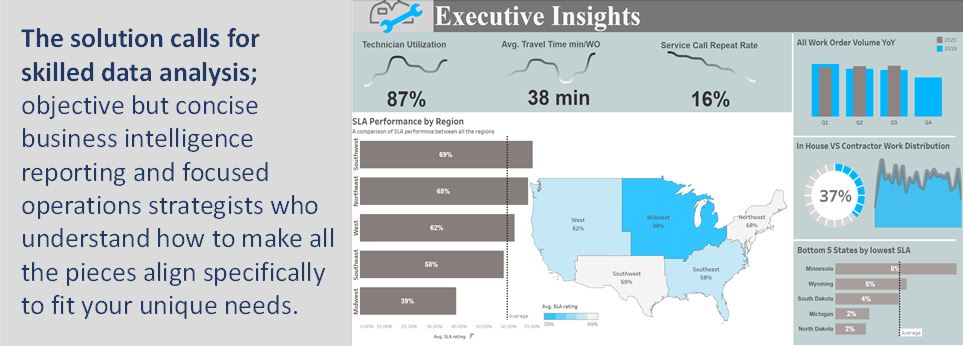Ending One of Leaders’ Most Menacing Recurring Nightmares

I know you’ve had the nightmare. You know, that one! You are driving along at some unlawful speed down a dark windy road. Typically, there is an urgency to either escape some pursuing peril or there is the overwhelming desire to reach a nebulous destination to accomplish some life or death feat. It doesn’t really matter whether the latter or former is the case. What is constant is the incremental loss of control of the vehicle as you progress down that winding road. You lose control more and more until that final moment in which you are completely at the mercy of the speeding vehicle, which may I add, always seems to occur at the most treacherous stretch of the road. I have come to understand that this nightmare is not unique to me as it is one of the most popular recurring nightmares among Americans.
Before I mislead anyone into thinking that they can expect a ton of ensuing psychobabble, I will remind you that my trained profession is business and certainly not psychology (nor psychiatry). So, I will end the dream psychoanalysis at the layman’s interpretation that this recurring nightmare is one’s brain struggling with daily serious decisions but feeling underinformed (figuratively out of control). This naturally stems from the ambiguity that all leaders are trained to deal with and the decisions for which they are paid to make.
You may read this and say, “I know my business very well and feel perfectly informed!”
Ok. Provided that statement is true and not merely a reaction to your forced reality, kudos to you! You can probably stop reading at this point and start sharing your know-how with the rest of the business world through writings of your own. As for the rest of us, let’s continue discussing how to best lay those doubts to bed (and get better sleep as a result) by leveraging well aligned, cascading, and easy to interpret metrics to better understand the impact that your policies, procedures and/or tactics have on your sought after outcomes.

Identifying Your Issue
Unfortunately, since this is a blog, I won’t be able to lay out a ton of detail around how to align a subset of your analytics and reporting in such a way as to help you sleep better at night. I can, however, provide the major questions to ask yourself to determine whether you have the need to put major effort into developing a more selfish line of sight to your key initiatives and their impacts.
- Do you find yourself often having to turn to your subordinates for custom data, reports or information to inform you of key performance indicator (kpi) and metric impact stemming from your key initiatives?
- If your answer to the above was “yes”, do you often find the reporting unconvincing (unclear, at best)?
- Do the requests mentioned in question #1 tend to take considerably longer to fulfill than you would anticipate?
- Are you unclear how the strategic initiatives that you deploy impact the behavior and value-add activities of your front-line employees?
- Do you struggle to receive a time-based view of the impact of your initiatives directly to the bottom line of the company?
- Are you dependent upon the data interpretation of a subordinate or group of subordinates to assess strategic outcomes?
If you answered “yes” to all or even most of the questions above, you are likely finding yourself waking up at night from the recurring nightmare that we discussed in the opening paragraph.
Fortunately for you, there is a solution to this problem. The solution calls for skilled data analysis; objective but concise business intelligence reporting; and focused operations strategists who understand how to make all the pieces align specifically to fit your unique needs. We have you completely covered! We have spent the last decade and a half perfecting the secret sauce that connects strategic intent with critical behaviors and outcomes. If you want to end your recurring nightmare and gain a better night’s sleep in the process, we would love to chat!
